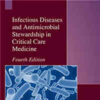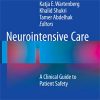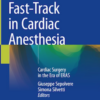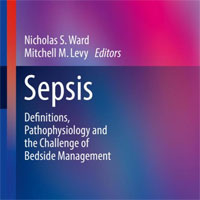Physiological dead space and alveolar ventilation in ventilated infants
pubmed.ncbi.nlm.nih.govPrematurely born infants with pulmonary disease have a higher dead space than term controls, which may influence the optimum level during volume-targeted ventilation.
A prospective study of mechanically ventilated infants was undertaken. Expiratory tidal volume and carbon dioxide levels were measured. Volumetric capnograms were constructed to calculate the dead space using the modified Bohr-Enghoff equation. Alveolar ventilation (VA) was also calculated.
81 infants with a median (range) gestational age of 28.7 (22.4-41.9) weeks were recruited.
The dead space [median (IQR)] was higher in 35 infants with respiratory distress syndrome (RDS) [5.7 (5.1-7.0) ml/kg] and in 26 infants with bronchopulmonary dysplasia (BPD) [6.4 (5.1-7.5) ml/kg] than in 20 term controls with no respiratory disease [3.5 (2.8-4.2) ml/kg, p < 0.001].

















